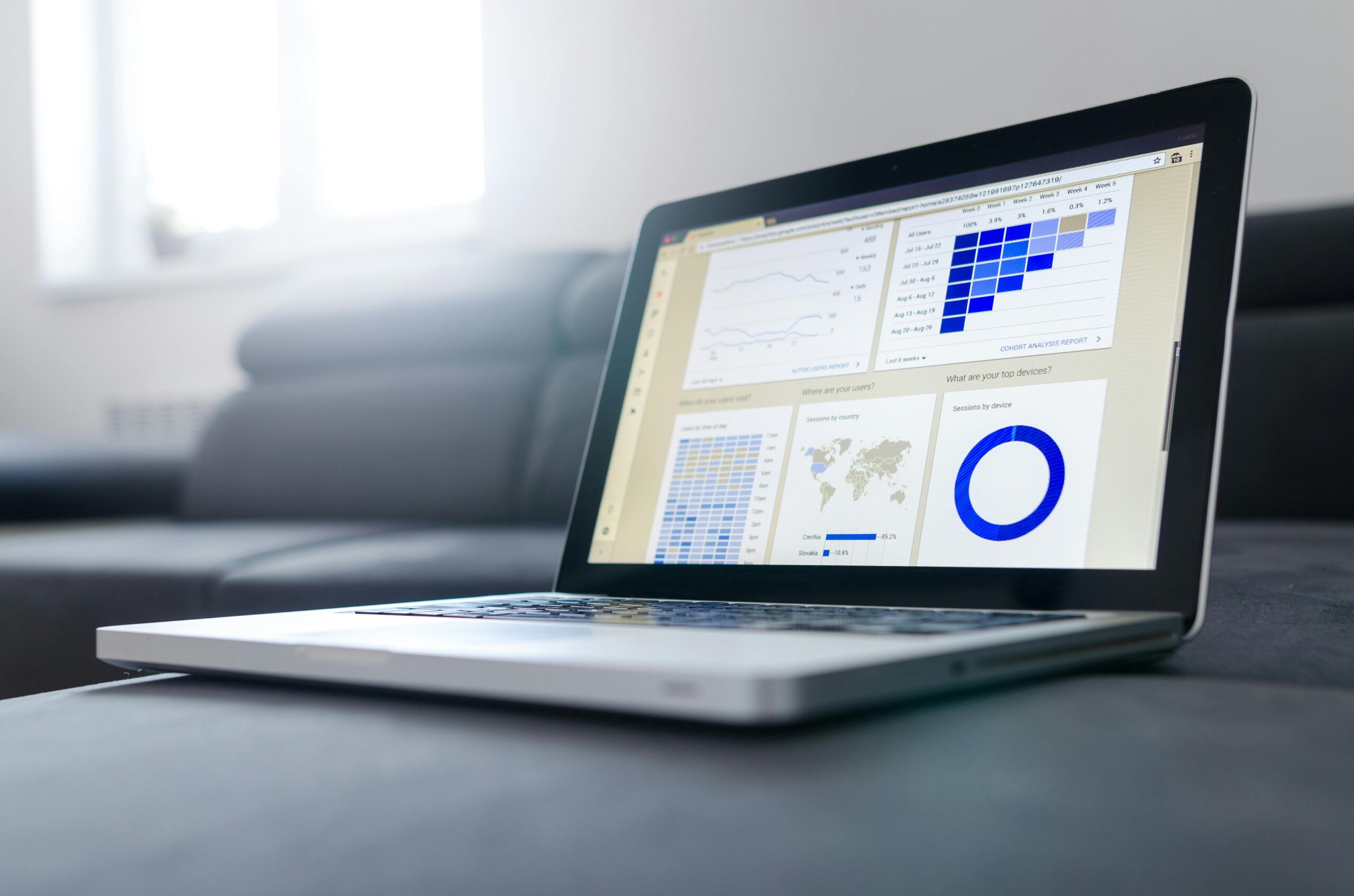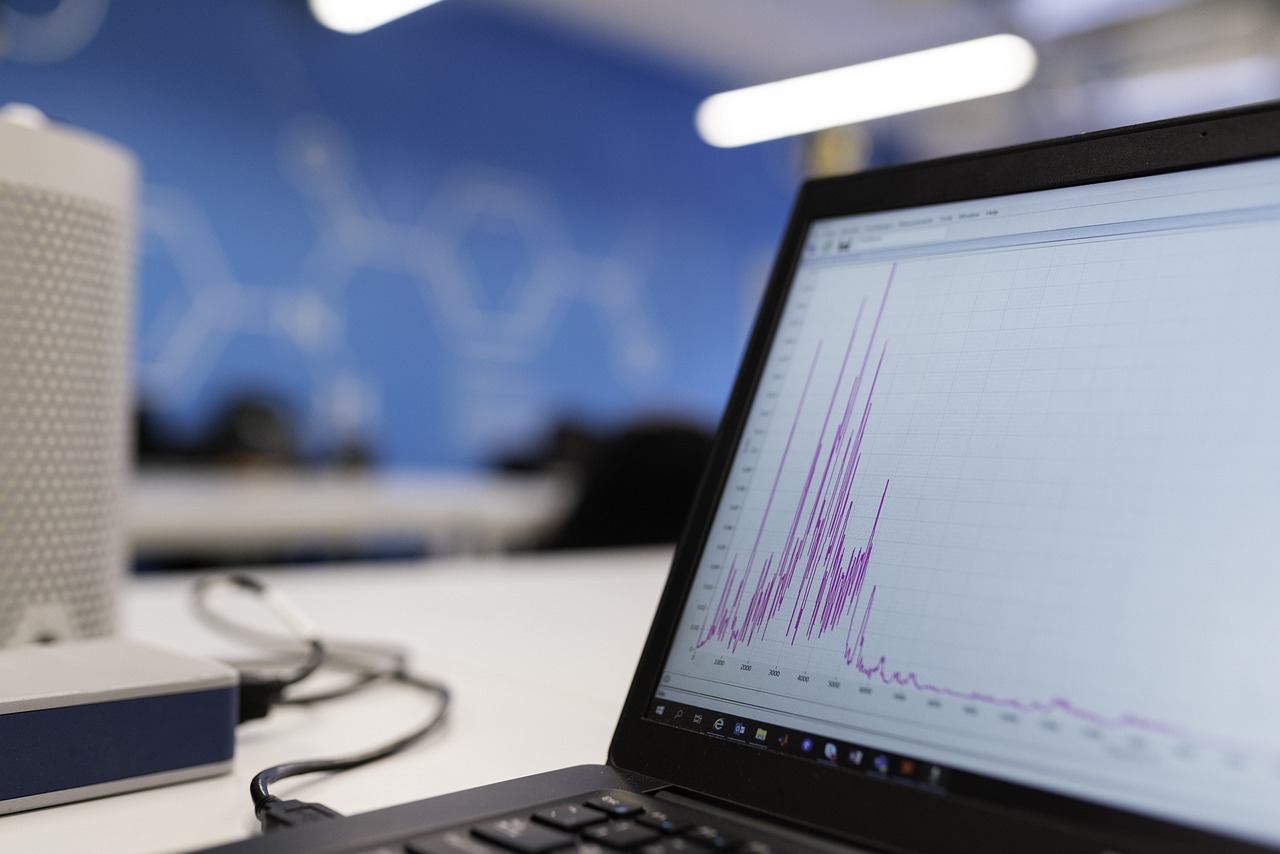Real-Time Dashboards vs. Monthly Reports: Which Reporting Philosophy Is More Effective?

CPM Consultant
7 min.
Data reporting is one of the foundations of informed business decision-making. It allows management teams to analyze and make choices based on facts rather than intuition.
When considering the frequency of data updates, two main approaches to reporting can be distinguished: real-time dashboards and monthly reports. Which of them proves more effective from a business perspective?
Table of Contents
Real-Time Dashboards – Speed and Instant Response
Real-time dashboards are a modern form of data visualization that provide immediate access to up-to-date information. Unlike traditional reports, where data is presented with a delay, real-time dashboards continuously collect and update information, offering dynamic insights into key business metrics.
Their greatest advantage lies inimmediacy – the ability to react instantly to changes. Managers and analysts can quickly detect deviations from plan or emerging warning signs. Based on these insights, they can take corrective action. This flexibility allows organizations to adapt rapidly to changing market conditions.
In practice, real-time dashboards are applied across various industries, such as:
- E-commerce: enabling continuous monitoring of sales performance and customer reactions to promotional campaigns.
- Logistics: supporting shipment tracking and delivery timeliness, helping to optimize routes and operations.
Real-time dashboards make it easier to monitor key performance indicators (KPIs) in a clear and intuitive way. Data is presented through readable charts and tables, enabling users to quickly understand performance results without delving into excessive detail. Thanks to interactivity features such as data filtering, time range selection, and personalized views, dashboards become a practical tool supporting everyday, data-driven decision-making.
Monthly Reports – Depth and Context
Monthly reports remain the most common reporting format within organizations. They provide a broader view of company performance by delivering detailed and comprehensive data summaries. Their standardized structure ensures clarity and facilitates comparison across reporting periods.
The main advantage of monthly reports lies in their ability to analyze trends in depth. By reviewing results in a historical context, analysts can identify recurring patterns, seasonality, and relationships between business areas. This helps improve forecasting accuracy and supports strategic decision-making.
The unified structure of monthly reports ensures that stakeholders across departments share a consistent picture of the company’s performance. This consistency enhances communication across the organization and simplifies reporting to management and investors. Unlike real-time dashboards, monthly reports not only show what happened, but also help answer the more important question — why it happened. They provide a solid foundation for formulating forecasts and anticipating future developments.
How Do Real-Time Dashboards Differ From Monthly Reports?
The most obvious difference lies in response time. Real-time dashboards deliver instant data, allowing for immediate action, while monthly reports rely on historical information, enabling deeper analysis. As a result, these two approaches serve different purposes. Real-time dashboards primarily support operational decision-making, while monthly reports are better suited for strategic decisions.
Each approach also has its risks. Real-time dashboards may lead to overreactivity. In a constantly changing data environment, organizations might respond impulsively to short-term fluctuations or informational noise. Moreover, real-time data can be prone to random variations and anomalies, which may distort KPI calculations and lead to misguided managerial decisions.
Monthly reports, on the other hand, are prepared after the reporting period closes, providing a more complete and stable picture of performance. This makes them particularly valuable in areas where accuracy and reliability are crucial. However, their limitation lies in timing — problems may go unnoticed until weeks later, when their consequences are harder to reverse.
Another consideration involves costs and resources. Maintaining real-time dashboards requires a robust IT infrastructure and specialists to ensure continuous performance. Meanwhile, preparing monthly reports often demands the involvement of entire analytical teams who must gather, validate, and present data appropriately.
Which Philosophy Wins?
There is no clear winner. Both approaches differ in purpose and bring distinct benefits. In practice, the most effective reporting strategy is a hybrid model — one that combines the advantages of both methods and recognizes that they are complementary rather than competing.
More and more organizations adopt this approach, using dashboards as daily monitoring tools, while monthly reports serve as a foundation for budgeting, performance evaluation, and long-term planning.
This combination enables companies to act quickly and respond to immediate challenges while maintaining a broader, long-term perspective for strategic decisions. Ultimately, the key to effective reporting is not choosing one philosophy over the other, but balancing immediacy with strategic reflection.
Blog
Read more from this category
CONTACT
Let's talk about your project
Get in touch with us via this form, email, or phone. We’ll answer your questions, discuss the key challenges, and suggest initial solutions tailored to your needs.



